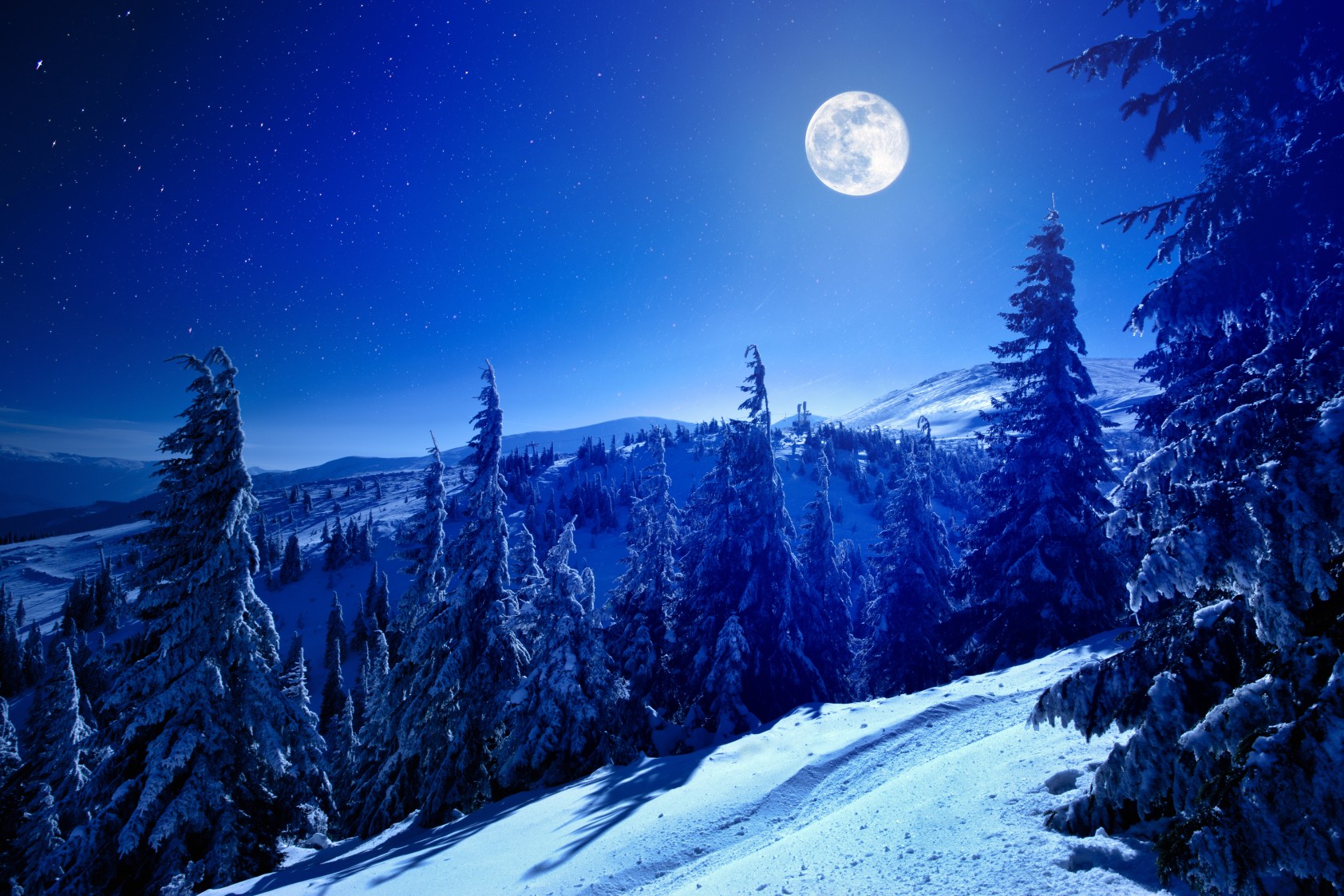
Heavy Rain, Flooding, and Chance of Severe Weather Staring Down the Southern U.S.
January 22, 2024
Posted: December 3, 2023 9:25 am





It has been a thrilling year in the night skies, featuring a number of meteor showers, the stunning ring of fire solar eclipse, and a rare blue moon. The year 2023 is going to end with a bang with another major meteor shower along with a full moon. Here is a look at what to keep your eyes trained on in the night skies as the year comes to a close.
Geminid Meteor Shower – December 13 and 14
The most anticipated celestial sight of the month will undoubtedly be the Geminid meteor shower. This shower will peak on the night of December 13 and into the early morning hours on December 14. This annual December astronomy event is distinguished for being able to produce over 100 meteors streaking across the night sky every hour.
This year’s showing of the Geminids will peak on a night with no moon, offering even better conditions to spot the shooting stars. This is because the lack of moonlight translates to a darker sky and an easier way to spot the meteors as they light up the sky.
Ursid Meteor Shower – December 21 and 22
If you miss the Geminids in mid-December, you will have one last shot to see a meteor show this month. The Ursids are set to peak on the night of December 21 and into the morning of December 22. However, this shower is only anticipated to produce about 5 to 10 meteors each hour.
With both shows, you will improve your viewing opportunities if you watch from a spot with little to no light pollution. You will also need Mother Nature to lend a hand with clear skies to maximize your viewing. Be sure to stay tuned to your local forecast to learn how the clouds may impact your ability to see these shooting stars.
Winter Solstice – December 21
Also on December 21, the winter solstice will usher in the shortest day of the year for areas north of the equator. The 2023 winter solstice will officially take place at 10:27 pm EST. This time will officially mark the beginning of the astronomical winter in the Northern Hemisphere and the start of the astronomical summer in the Southern Hemisphere.
The astronomical winter is the shortest season of the year, topping out at 88 days, 23 hours, and 39 minutes. This compares to the autumn season that lasts for about 89 days, the spring season that lingers for about 92 days, and the summer season that hangs on for slightly over 93 days.
December 26 – 27 – Full Cold Moon
The last full moon of the year will fittingly shine brightly in the night sky during the last week of December. Known in most circles as the Cold Moon due to its presence at the beginning of the cold winter season, the moon will reach its full peak on Tuesday, December 26 and into Wednesday, December 27. Other nicknames for this moon include the aptly named Snow Moon, the Winter Maker Moon, the Frost Exploding Trees Moon, and the Hoar Frost Moon.
The long nights of December offer plentiful viewing opportunities to get out and see what you can find after the sun sets. While you may have to put on a few extra layers this time of the year, you will be treated to a number of cool celestial sightings if you know when and where to look.
Did you find this content useful? Feel free to bookmark or to post to your timeline for reference later.

January 21, 2024

January 19, 2024

January 18, 2024